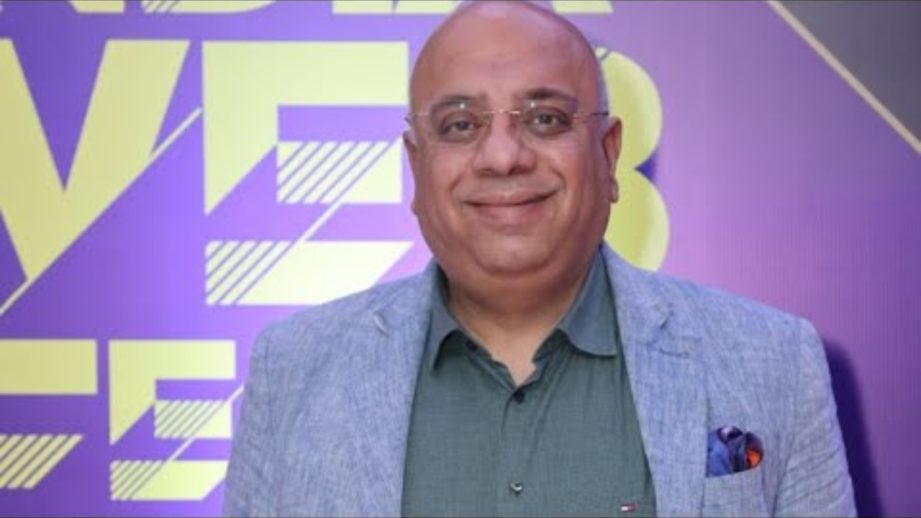
Streaming platforms have long outgrown their “emerging trend” status in India. At Season 7 of India Web Fest, the conversation shifted from buzzwords and subscriber milestones to deeper questions about where OTT fits in the country’s evolving media terrain. Leading that conversation was Dr. Anurag Batra, Chairman of Exchange4Media and BW Businessworld, who offered a sharp, layered stance on how OTT is reshaping not just how India watches, but how its media ecosystem functions.
OTT is no longer emerging—it has arrived. Advertising revenues crossed ₹40,000 crores, YouTube, Amazon Prime Video and Netflix attracting huge audiences prompt the commonly accepted conclusion – streaming is the standard content consumption method for a huge number of people. The acceleration reflects a profound restructuring – cheaper data, universal access to smartphones; once a rare phenomenon, the audience is now demanding to view what they want, at a time of their choosing, in a manner they find convenient.
Yet, India’s media terrain hasn’t reversed from analogue to digital overnight. Television, radio, and print continue to thrive, mainly across non-urban markets. Rather than being displaced, these classic formats are growing in parallel with digital media. In a country as diverse as India, the future isn’t about one format returning another—it’s about convergence and coexistence.
One of the emerging challenges in this booming OTT space is discoverability. Users are often drowning in a new environment of content that is now in abundance, with people often unsure what is even worth their time. There is an increasing realization that the next steps towards innovation, may not come from the content creator, but rather from a platform that helps users navigate all that clutter—whether it is aggregation, curation, or AI-driven recommendation models.
Regional and Indian language content has become a major driver of viewership, signaling a shift in where stories are being told and who gets to tell them. Audiences seem to be responding to content that leverages their local culture, dialects and experiences. This is opening a door for content creators that did not exist a few years ago, particularly for those who operate outside of the traditional metro hubs have a real opportunity.
Alongside opportunity, however, comes responsibility. With the ease of distribution, content that is poorly thought through—or worse, socially harmful—can gain traction. The need for mature content strategies that consider cultural impact is becoming more urgent, especially as platforms cater to increasingly younger and more impressionable audiences.
Streaming is also evolving in form and function. Ad-supported models are gaining traction, and the lines between content, commerce, and community continue to blur. OTT is becoming more than a space to watch—it’s becoming a place to participate, shop, and engage.
As the market grows, the threat of dominance by a handful of players looms large. A competitive OTT ecosystem is vital for evolution. The next phase of India’s OTT journey will be defined not just by scale, but by balance—between reach and responsibility, growth and inclusivity.
